Sanskrit in China and Japan
This book covers the great academic exchange that took place between Indian monks and Chinese intellectuals during the first millennium of the Christian era. Information on Sanskrit linguistics transmitted by Indian monks helped Chinese intellectuals to evolve a phonetic system to read their pictographic script. It solved one of their greatest eadaches. Introduction of the theories of Sanskrit prosody led to the innovation of a totally new genre of poems that became a part of the Chinese civil service examination. This genre is popular even today. The Chinese theory of arts was influenced considerably by its Indian counterpart. The Chinese were, perhaps, the first to write on the Indian decimal system, and record the symbol for zero. Indian astronomers heading the imperial bureau of astronomy translated Indian astronomical treatise, and used methods given therein in astronomical calculations. Stories from Ramayana, Mahabharata and Panchatantra were popular among the masses. Thanks to Indian monks, the Chinese developed a great faith in mantras. Finally, a number of Sanskrit-Chinese dictionaries were compiled in China. These also carry information on ancient Indian political and social situation and legends. Many of these ideas migrated to Japan with far reaching consequences.
Get it now and save 10%
BECOME A MEMBER

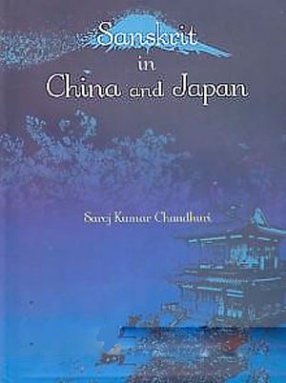
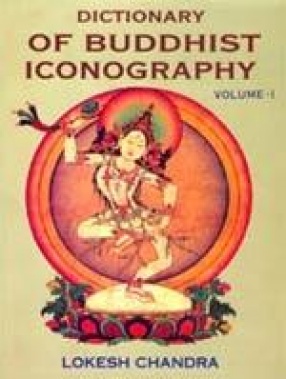
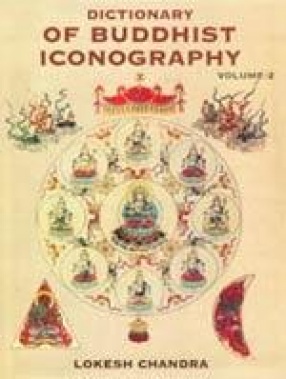
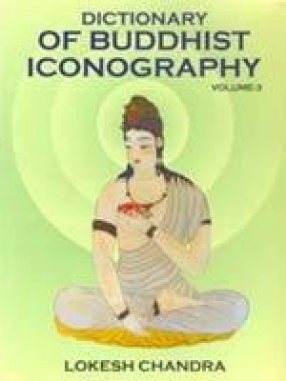
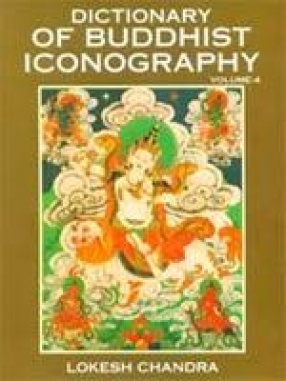
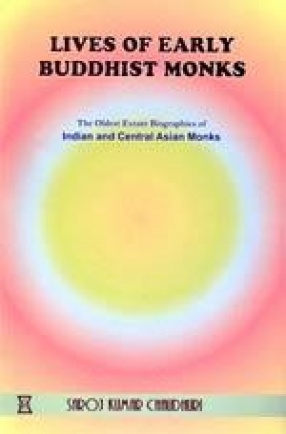
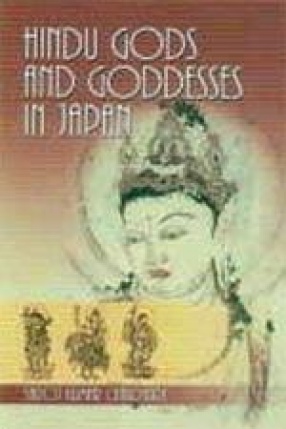
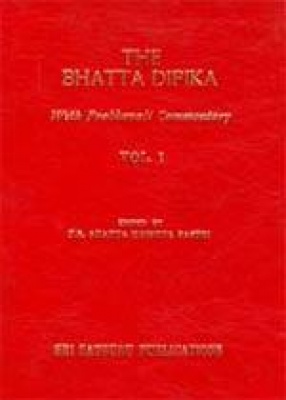

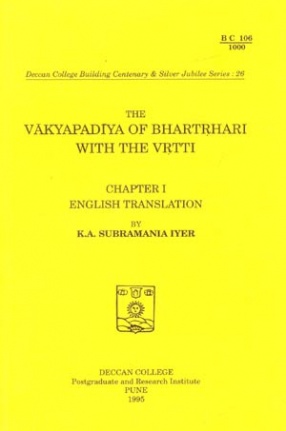
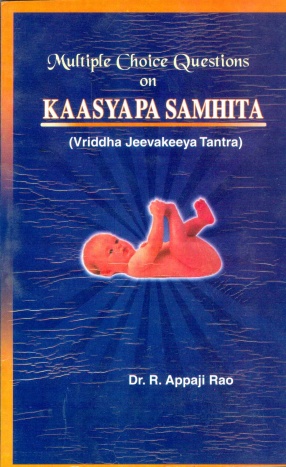

Bibliographic information
Tags